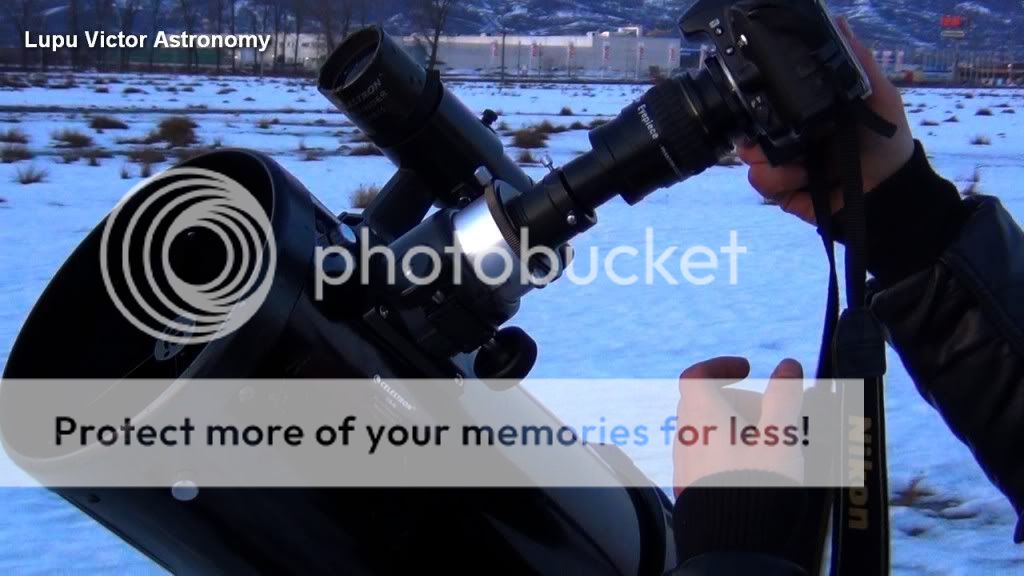Piazzi (101 km) has a small depth in comparison with its dimensions of only 2.3 km, located near the south-western edge of the Moon. It is attached to the southwest of Lagrange (160 km). Piazzi is seen at an oblique angle from the Earth and therefore looks elongated.
Like Lagrange, Piazzi was modified by ejecta during the formation of Mare Orientale basin.
Images were obtained by attaching a camera directly into the eyepiece of an astronomical telescope of 8 inch Newtonian; For this reason the eyepiece visual field was increased.
In the picture below are labeled craters and other lunar features in the region. To better understand this photo, you should note that the label with the name or the letter of larger craters could be found at their center, and on the small craters, you should find them around them, usually above.
Magnitude: -12.03
Phase: 70.5% (0% = new, 100% = full)
Distance: 398.311 km
Sidereal Period: 27.32 days
Illuminated: 92.2%
Optics: Celestron C8-Newtonian astronomical telescope
Eyepiece: Plossl 20mm, 2x Barlow
Mount: CG5 (EQ5)
Camera: Sony CX130
Filter: no
Date: 14/03/2014
Location: Baia Mare, Romania
Processing: FastStone Image Viewer
Like Lagrange, Piazzi was modified by ejecta during the formation of Mare Orientale basin.
Images were obtained by attaching a camera directly into the eyepiece of an astronomical telescope of 8 inch Newtonian; For this reason the eyepiece visual field was increased.
In the picture below are labeled craters and other lunar features in the region. To better understand this photo, you should note that the label with the name or the letter of larger craters could be found at their center, and on the small craters, you should find them around them, usually above.
Magnitude: -12.03
Phase: 70.5% (0% = new, 100% = full)
Distance: 398.311 km
Sidereal Period: 27.32 days
Illuminated: 92.2%
Optics: Celestron C8-Newtonian astronomical telescope
Eyepiece: Plossl 20mm, 2x Barlow
Mount: CG5 (EQ5)
Camera: Sony CX130
Filter: no
Date: 14/03/2014
Location: Baia Mare, Romania
Processing: FastStone Image Viewer










 Wednesday, June 24, 2015
Wednesday, June 24, 2015
 Unknown
Unknown



















